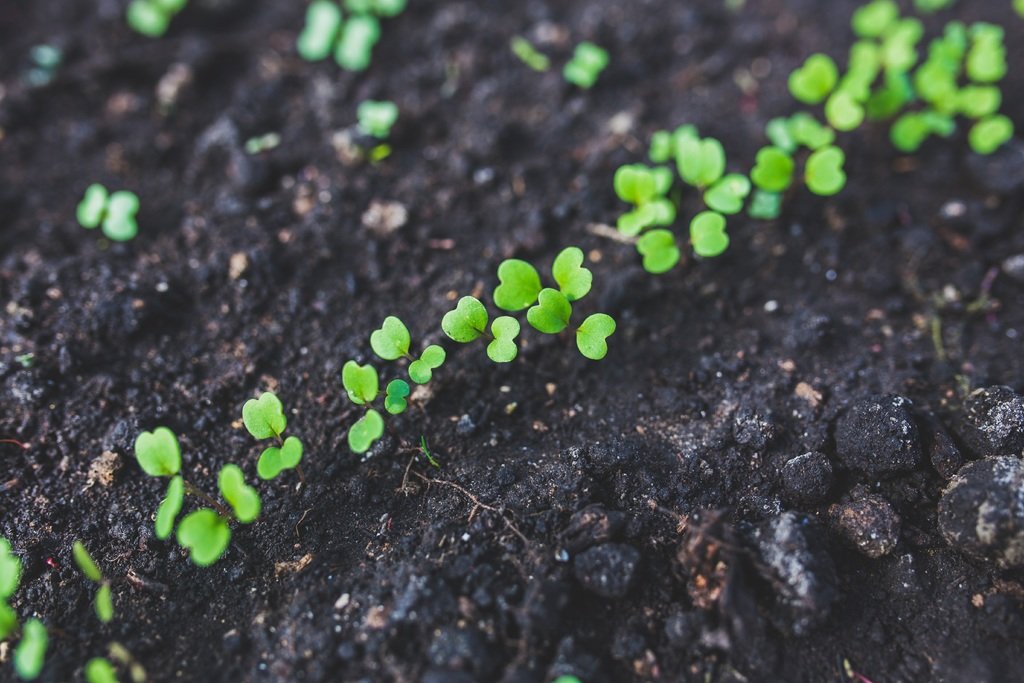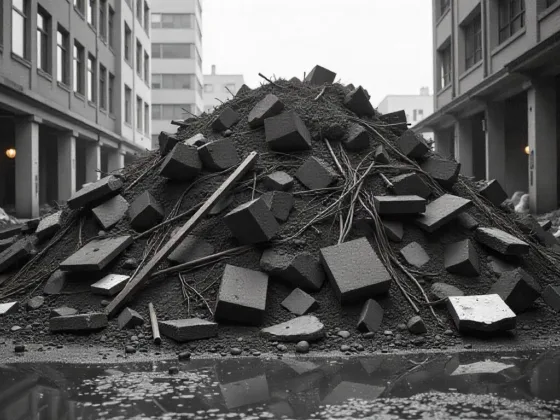Table of Contents Show
Planting and farming are part of agriculture that is vital to the economy and to people. Nowadays, planting has become a new trend for all people in all age groups, especially to people aged 30+. A plant can successfully grow when it meets the necessary criteria like the nutrients it needs for its development.
However, due to the immense heat, we are experiencing right now and the scarce resource of water, soils have become unsuitable for plants’ growth and development.

But, there are multiple ways of making it possible for planting and farming as new methods have been passed down by generations. Furthermore, technological advancements and innovations have been inclined into agriculture to further develop the sector. For this kind of information, visit https://gardenandgrass.com/ for more related discussions.
In this article, we will discuss the indicators of fertile soil for you to easily determine a spot to plant your seeds and crops.
Indicators of Fertility
Soil health can be easily determined by looking for the three different indicators. These have been studied by agriculturists to better understand the health of soils. These three indicators are the following:
1. Biological Indicator
- This indicator is the most basic one among the three. You just need to look for any inhabitants of the soil, may it be visible to the naked eye or microscopic. According to science, the existence of earthworms in a certain area means that it has nutrients that are suitable for the growth and development of plants.
- Earthworms are not only the biological indicators, carbon is also one of them. When a soil has carbon-containing compounds, it means that the land is healthy. These are foods of microorganisms that provide soil nutrients. Active carbon is essential for microbes as it determines the food stock for them which indicates nutrient availability.
- Other organic matter can also indicate healthy soil. This organic matter has water in them that contains nutrients that are then broken down and made available as foods for the microbes.
Read Also:
2. Physical Indicator
- This indicator relates to the physical characteristics of the land. It can be easily determined like the biological indicator as you need to have your senses working to find the physical indicators. If the land is not compacted, you can easily determine that it is suitable for planting and farming. Compacted soils are one of the problems why seeds do not sprout. It has a high strength that the sprout cannot penetrate and there is little to no available oxygen in it.
- Next to the physical indicator is the dampness of the soil. Humidity has something to do with photosynthesis; the mechanism of the food production of plants. You can easily determine the humidity of the soil by touching it and examining the texture of the land. If it is humid, therefore it is suitable for plant growth and development.
3. Chemical Indicator
- This indicator requires instruments to accurately observe and measure each indicator. Compared to the two indicators mentioned earlier, this is more accurate and reliable. The most common chemical indicator is the Power of Hydrogen or pH level of the soil. The acidity of the soil means plants would not be able to grow in it.
- Macromolecules are also a chemical indicator of healthy soil. Nitrogen, phosphorus, potassium, sodium, etc. are some of the macronutrients that a plant would require to successfully grow. By using laboratory instruments, you can easily identify the quantity of each to determine whether it has the essential amount for crop development.
- Micromolecules are also essential for plants. However, they are not that important as macromolecules but they are a great help for growth. It is also needed to be checked as it is crucial for the growth of the plants, and they do not require a large quantity of these nutrients.
Conclusion
Healthy soil is truly needed for farming and planting. And to know whether the land is in good condition or not, there are a lot of indicators you may use. Both Physical and Biological indicators are good to identify the soil’s health and it does not require a lot of work and materials to fully understand the condition of the soil.
On the other hand, chemical indicators are much more accurate and most reliable. Nevertheless, the safety of the plant must be prioritized and given attention, whatever indicator you use.









